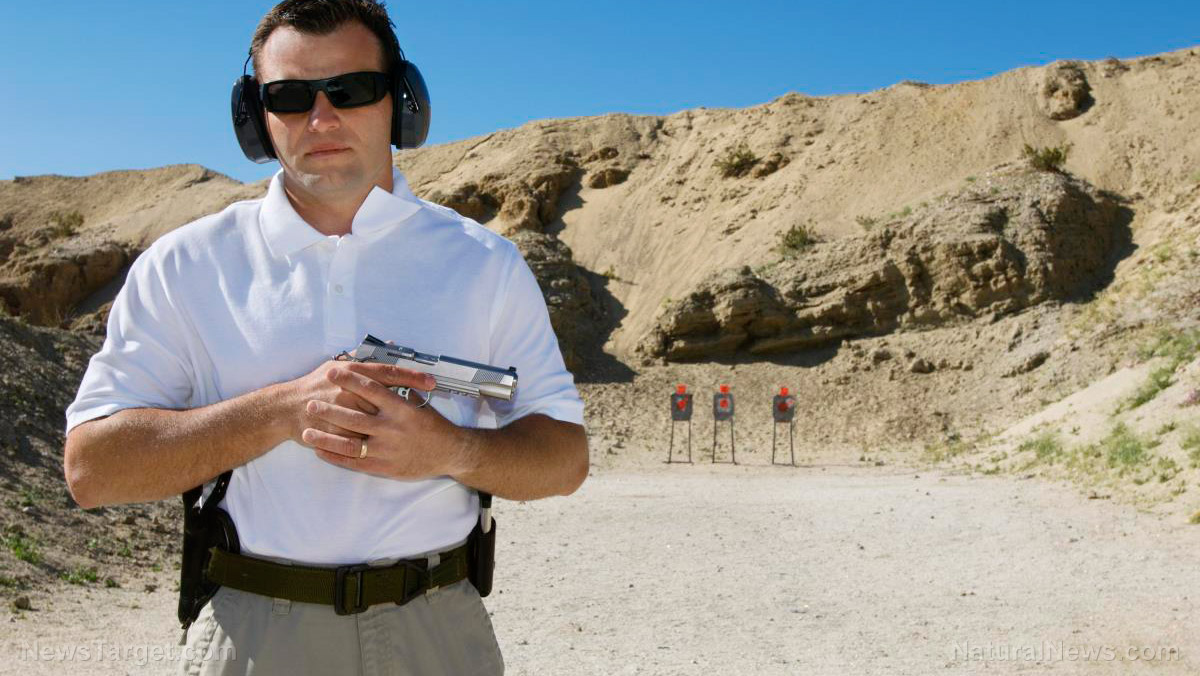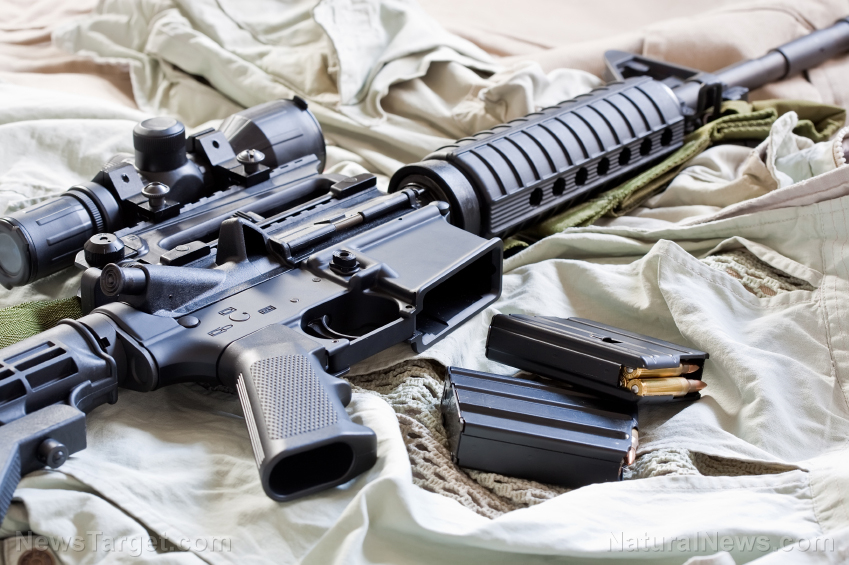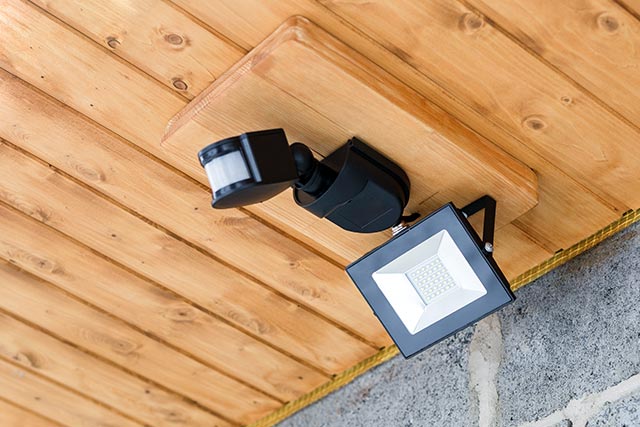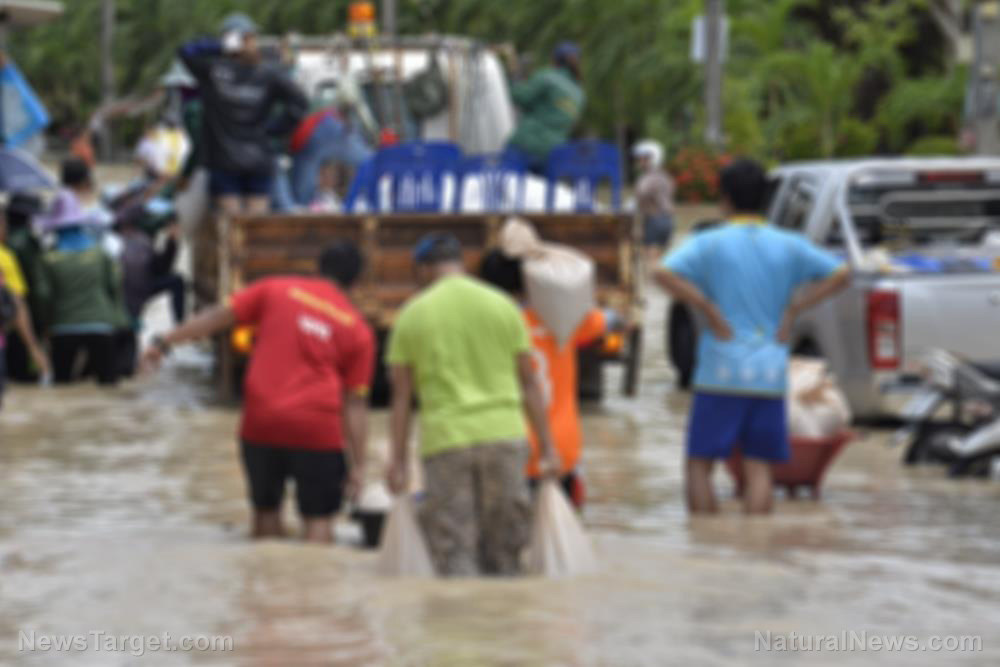7 Must-haves that make carrying your BOB worth it
04/21/2019 / By Zoey Sky

When you’re preparing your bug-out bags (BOBs) or everyday carry kits (EDC kits), do you include multi-purpose items or do you focus on certain tools for specific scenarios?
The items included in the list below deserve a space in your survival gear. You never know when you may need them while you’re out camping or bugging out after SHTF. (h/t to ThePrepperJournal.com)
Cough drops
Cough drops are a must if you have a cough and you wish to stay quiet while you’re hunting or evading capture. Keep a small roll or box of cough drops in your pockets or pouches, and buy cough drops wrapped in wax paper to eliminate waste.
Disposable gloves
If you’re taking part in outdoor activities, you’ll need a pair of liquid-shielding gloves. Gloves can prevent pathogen contamination if you’re hunting, and they protect your hands from nicks or larger cuts that may get infected in SHTF scenarios.
Gloves can also prevent contact while you’re examining a plant that looks poisonous. (Related: Prepping basics: 4 Lists of essential survival supplies.)
Here’s a list of different types of gloves that you may need in your survival gear:
- 7-10 Mil exam gloves
- Kitchen gloves – These will fit in back pockets and shirt pockets.
- PVC-coated fisherman and janitorial gloves – Take note that these may be a bit pricey or too bulky for certain survival scenarios.
- Regular household gloves – Use some tape or an elastic hairband if you need a decent seal.
Handkerchief
Handkerchiefs are small and light. When you’re camping, it’s useful to have several hankies for wiping the sweat off your face or for drying your gear.
Small hankies are also easy and fast to wash and dry, which can save time during an emergency.
Pliers
When SHTF, you may need a pair of needle-nosed pliers with decent textured ridges and wire cutters to detach yourself from brambles or wire. Pliers are also handy for getting a good grip on small and slippery objects like zipper pull tabs or wet knots in cordage.
Alternatively, pliers can be used to turn wire coat hangers into makeshift items like a fishing hook.
Pruners
One-handed bypass pruners have various survival uses. If you’re getting pruners, buy a pair with loop latches.
When foraging, pruners can be used to cut fuel for small fires like cattail rhizomes, upland grasses, or willow. Pruners are also quieter to use compared to hatchets or machetes that may attract unwanted attention when you’re outdoors.
Tick repellent and tweezers
Ticks transmit all kinds of diseases and if you remove them carelessly, the disease vector may become an issue. Parts of the tick can be left behind on your skin, which may cause other infections.
One way to avoid tick bites is by using this natural tick repellent on your clothes, skin, and hair.
You will need:
- A spray bottle
- 2 cups of distilled white vinegar
- 1 cup of water
- 20 drops of peppermint oil
Steps:
- Combine all the items in the spray bottle, then shake well.
- Spray the mixture onto your clothes, hair, and skin before you go outdoors.
- If you’re traveling outdoors for most of the day, reapply the tick repellent every four hours.
You may also need a pair of decent tweezers and a light source so you can remove ticks or broken thorn tips, splinters, or insect stingers on your hands or on your pet.
If you’re taking a hike with a pet, remember that ticks can “hitch rides” even on treated animals. Ticks that cling to your pets will eventually reach your camp or house, where they will then transfer to humans.
Water
Water is essential in BOBs. You also need to stay hydrated if you’re camping or hiking, so bring enough water wherever you go.
Most items included in other lists for BOBs or EDC kits are first aid kits, knives, or duct tape. The usefulness of these items often depends on your skills, group composition, or location.
However, the seven items in this particular list may prove useful to you in various survival situations, so keep them on hand at all times.
Sources include:
Tagged Under: bug out, bug out bag, Collapse, disaster, EDC kit, emergency preparedness, everyday carry, Gear, multipurpose tools, off grid, prepping, SHTF, survival, survival gear, survival supplies, Survival Tips, survival tools, wilderness survival


















